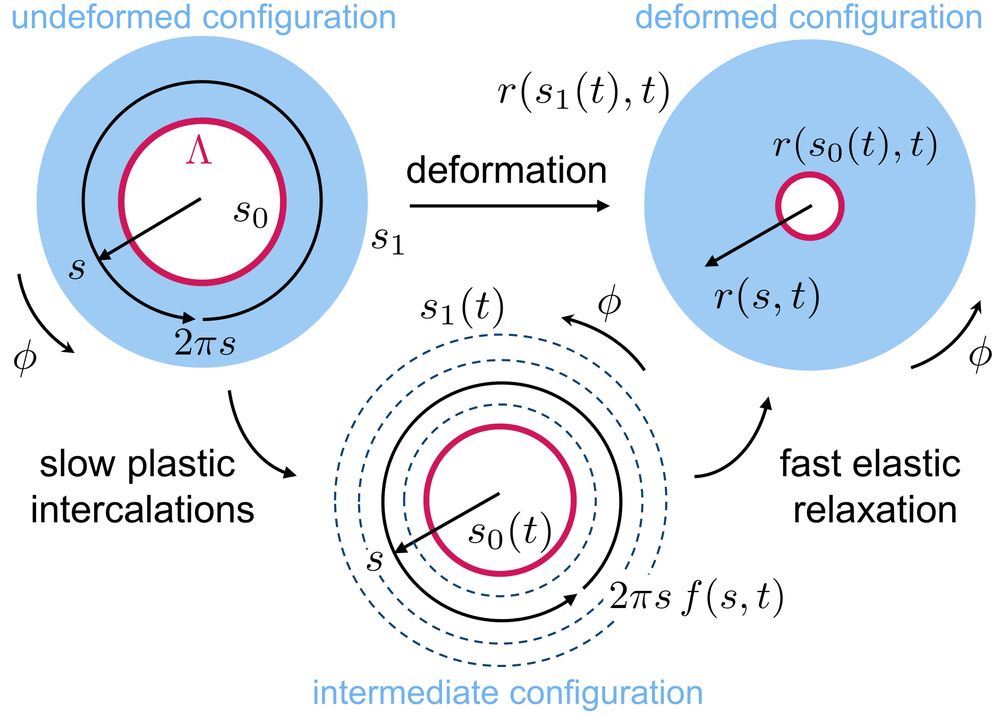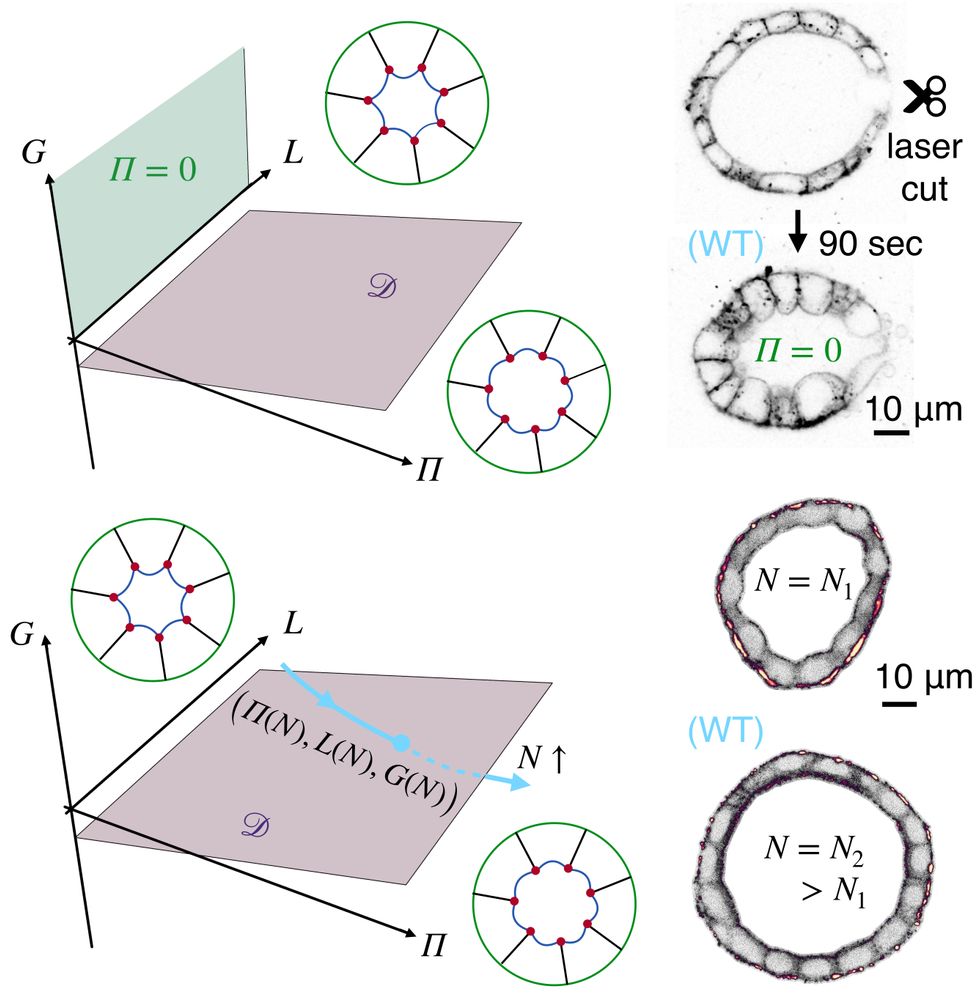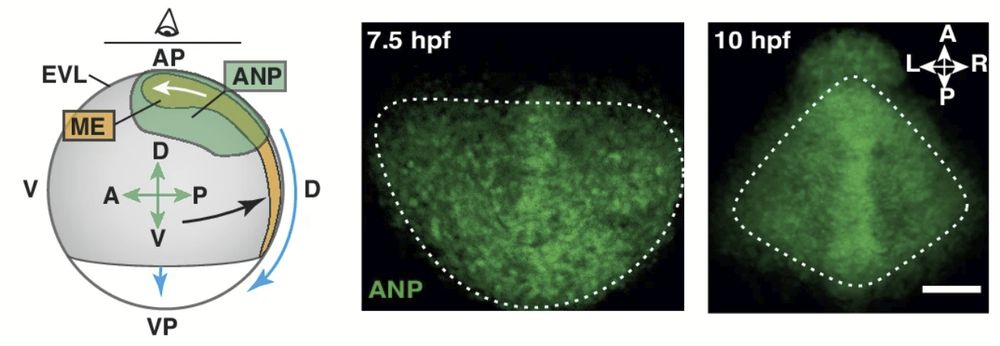
(*) Note the use of the correct plural of "lumen".

(*) Note the use of the correct plural of "lumen".






arxiv.org/abs/2509.05110
This one required a lot of (I think) beautiful #mechanics!
@mpipks.bsky.social @mpi-cbg.de @csbdresden.bsky.social

arxiv.org/abs/2509.05110
This one required a lot of (I think) beautiful #mechanics!
@mpipks.bsky.social @mpi-cbg.de @csbdresden.bsky.social





arxiv.org/abs/2509.04316
@mpipks.bsky.social @mpi-cbg.de

arxiv.org/abs/2509.04316
@mpipks.bsky.social @mpi-cbg.de





A great collaboration of experiment and theory to explain the tissue flows shaping the #zebrafish neural plate!
doi.org/10.1038/s41467-025-61303-1

A great collaboration of experiment and theory to explain the tissue flows shaping the #zebrafish neural plate!
doi.org/10.1038/s41467-025-61303-1
I talked about "Dynamics of small ecological communities" in a great mini-symposium organised by @yumeng0806.bsky.social, Bo-Wei Qin.
My talk included our recent doi.org/10.1016/j.cels.2025.101297 @cp-cellsystems.bsky.social.

I talked about "Dynamics of small ecological communities" in a great mini-symposium organised by @yumeng0806.bsky.social, Bo-Wei Qin.
My talk included our recent doi.org/10.1016/j.cels.2025.101297 @cp-cellsystems.bsky.social.




